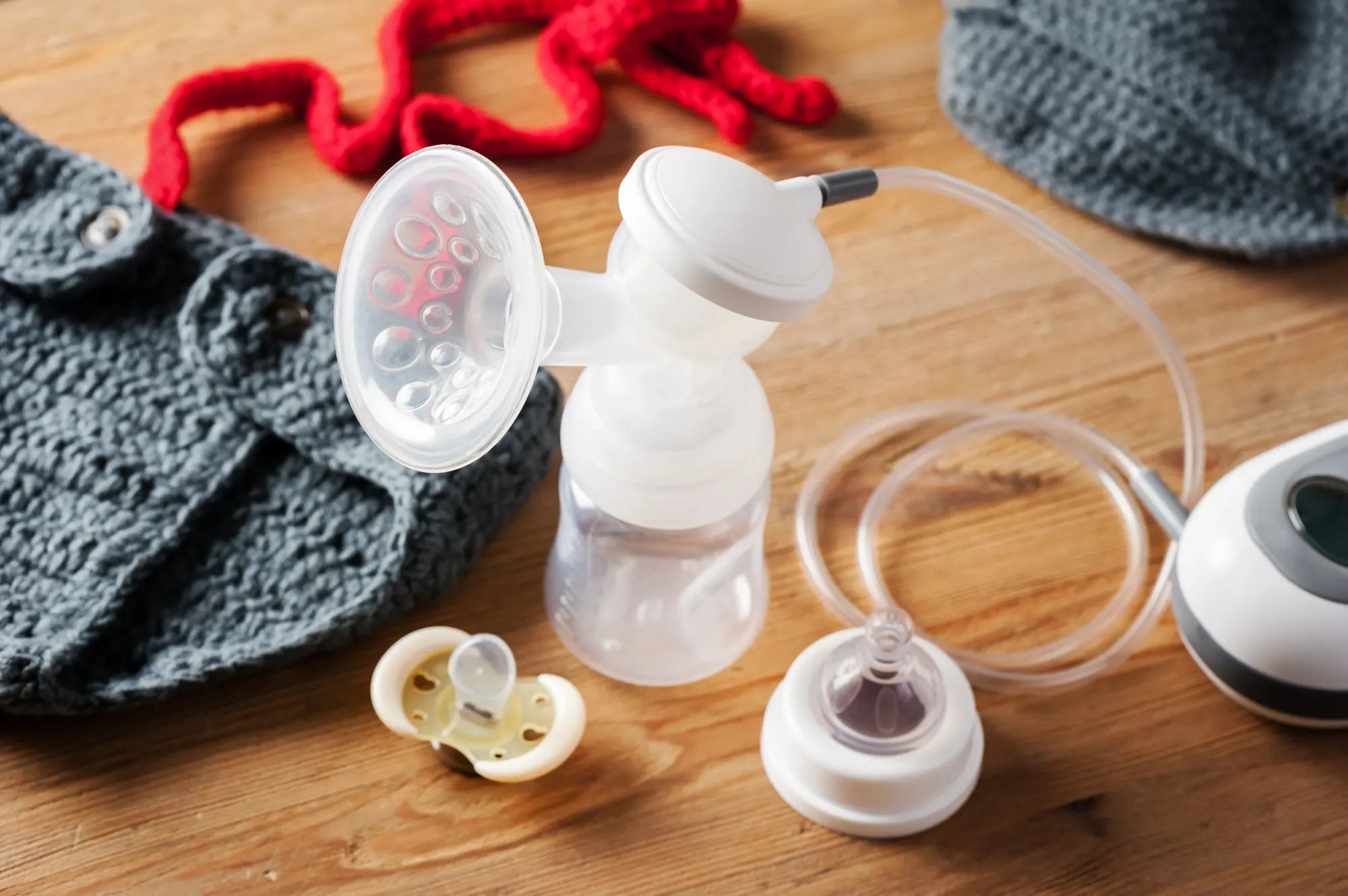Inicio
Pregnancy, Breastfeeding, and Pumping: The Ultimate Guide for Moms
When Should I Pump Breast Milk While Breastfeeding: A Comprehensive Guide

When Should I Pump Breast Milk While Breastfeeding: A Comprehensive Guide
Breastfeeding is a beautiful journey that fosters a deep bond between mother and baby. However, many mothers find themselves wondering, When should I pump breast milk while breastfeeding? The answer isn’t one-size-fits-all, as it depends on your unique circumstances, your baby’s feeding patterns, and your personal goals. Whether you’re returning to work, building a freezer stash, or simply looking for flexibility, understanding the optimal times to pump can make all the difference.
Understanding the Basics of Pumping While Breastfeeding
Pumping breast milk is a valuable tool for breastfeeding mothers. It allows you to provide your baby with breast milk even when you’re not physically present. However, timing is crucial to ensure that pumping doesn’t interfere with your milk supply or your baby’s feeding routine. Here’s what you need to know:
1. Pumping After Nursing Sessions
One of the most common times to pump is immediately after a breastfeeding session. This approach is particularly useful if you’re looking to increase your milk supply or collect extra milk for storage. Pumping after nursing signals your body to produce more milk, as it mimics the demand of a hungry baby.
2. Pumping Between Feedings
If your baby has longer stretches between feedings, pumping between sessions can help maintain your milk supply and build a stash. This is especially helpful for mothers who are preparing to return to work or need to be away from their baby for extended periods.
3. Pumping Instead of Nursing
In some cases, you may need to pump instead of nursing. This could be due to separation from your baby, medical reasons, or personal preferences. When pumping replaces a feeding session, it’s important to pump at the same time your baby would typically nurse to maintain your milk supply.
Factors to Consider When Deciding When to Pump
Determining the best time to pump depends on several factors. Here are some key considerations:
Your Baby’s Feeding Schedule
Understanding your baby’s feeding patterns is essential. If your baby nurses frequently, you may need to pump after or between sessions. For babies who sleep longer stretches, pumping during those times can be beneficial.
Your Milk Supply
If you’re struggling with low milk supply, pumping more frequently can help stimulate production. On the other hand, if you have an oversupply, you may need to adjust your pumping schedule to avoid discomfort or engorgement.
Your Lifestyle and Goals
Your personal circumstances play a significant role in deciding when to pump. Whether you’re returning to work, traveling, or simply want the flexibility to share feeding responsibilities, your goals will influence your pumping routine.
Practical Tips for Pumping While Breastfeeding
To make pumping a seamless part of your breastfeeding journey, consider these practical tips:
1. Create a Pumping Schedule
Establishing a consistent pumping schedule can help your body adjust and maintain a steady milk supply. Aim to pump at the same times each day, whether it’s after nursing, between feedings, or during specific hours.
2. Use a Double Pump
Using a double pump can save time and increase efficiency. It allows you to express milk from both breasts simultaneously, which can also help stimulate milk production.
3. Stay Hydrated and Nourished
Proper hydration and nutrition are essential for maintaining a healthy milk supply. Drink plenty of water and eat a balanced diet to support your body’s needs.
4. Store Milk Safely
When pumping, it’s important to store your breast milk safely to preserve its quality. Use clean containers and follow guidelines for refrigeration or freezing.
Common Challenges and How to Overcome Them
Pumping while breastfeeding can come with its own set of challenges. Here’s how to address some common issues:
1. Low Milk Supply
If you’re struggling with low milk supply, try pumping more frequently or using techniques like breast compression to increase output. Consulting a lactation specialist can also provide valuable guidance.
2. Engorgement or Discomfort
Pumping too much or too little can lead to engorgement or discomfort. Adjust your pumping schedule to find a balance that works for you, and consider using warm compresses or massage to relieve discomfort.
3. Time Management
Pumping can be time-consuming, especially if you’re juggling other responsibilities. Incorporate pumping into your daily routine, and consider multitasking to make the process more efficient.
When to Seek Professional Help
If you’re unsure about when to pump or facing challenges with breastfeeding, don’t hesitate to seek professional help. Lactation consultants, healthcare providers, and support groups can offer personalized advice and encouragement.
Ultimately, the question of When should I pump breast milk while breastfeeding? is deeply personal. By understanding your baby’s needs, your body’s signals, and your own goals, you can create a pumping routine that works for you. Embrace the flexibility and empowerment that pumping can bring, and enjoy the journey of nourishing your baby with love and care.
Compartir

